-

Ruthenium(III) chloride CAS:10049-08-8
Ruthenium(III) chloride, also known as ruthenium trichloride, is a coordination compound featuring ruthenium in the +3 oxidation state coordinated to three chloride ligands. This compound is of interest due to its unique electronic and catalytic properties. It has been studied for its potential applications in catalysis, materials science, and electrochemistry.
-
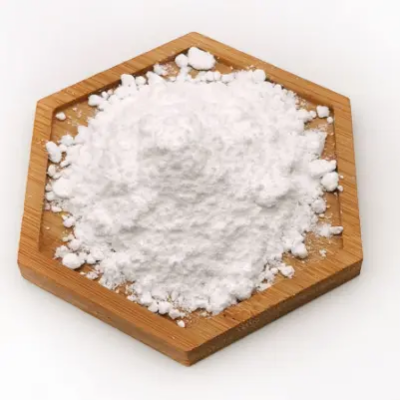
Carbonyl(dihydrido)tris(triphenylphospineruthenium (II) CAS:25360-32-1
Carbonyl(dihydrido)tris(triphenylphosphine)ruthenium(II) is a coordination complex featuring a ruthenium(II) center coordinated to three triphenylphosphine ligands, a carbonyl ligand, and two hydride ligands. This complex is known for its unique coordination geometry and reactivity. It has been studied for its potential applications in catalysis, materials science, and medicinal chemistry.
-
![Ruthenium,[N-[(1R,2R)-2-(amino-kN)-1,2-diphenylethyl]-4-methylbenzenesulfonamidato-kN]chloro[(1,2,3,4,5,6-h)-1-methyl-4-(1-methylethyl)benzene]- CAS:192139-92-7](https://cdn.globalso.com/xindaobiotech/YXWU15IWKSREIEIP21.png)
Ruthenium,[N-[(1R,2R)-2-(amino-kN)-1,2-diphenylethyl]-4-methylbenzenesulfonamidato-kN]chloro[(1,2,3,4,5,6-h)-1-methyl-4-(1-methylethyl)benzene]- CAS:192139-92-7
Ruthenium, [N-[(1R,2R)-2-(amino-kN)-1,2-diphenylethyl]-4-methylbenzenesulfonamidato-kN]chloro[(1,2,3,4,5,6-h)-1-methyl-4-(1-methylethyl)benzene], is a coordination compound containing a ruthenium atom coordinated to a complex ligand. This complex has been studied for its potential applications in catalysis, materials science, and medicinal chemistry. Its structural features and reactivity make it a subject of interest in various research fields.
-
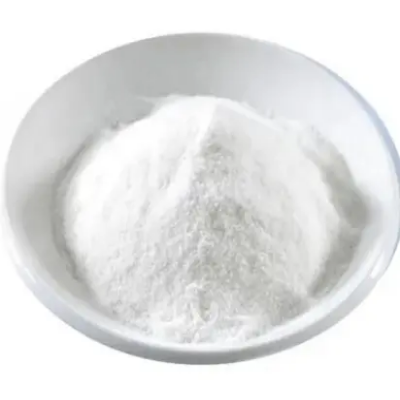
(Trimethyl)methylcyclopentadienylplatinum (IV) CAS:94442-22-5
(Trimethyl)methylcyclopentadienylplatinum (IV) is a coordination compound featuring platinum in the +4 oxidation state coordinated to a trimethyl and a methylcyclopentadienyl ligand. This compound is of interest due to its unique coordination environment and potential applications in catalysis, materials science, and organic synthesis.
-
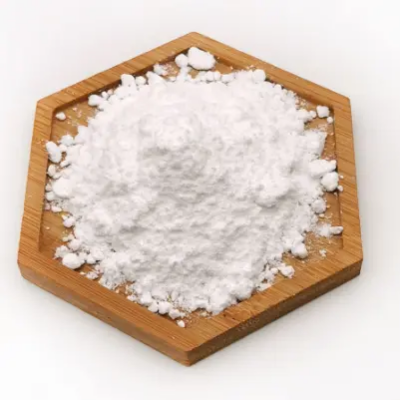
Chlorocyclopentadienylbis(triphenylphosphine)ruthenium(II) CAS:32993-05-8
Chlorocyclopentadienylbis(triphenylphosphine)ruthenium(II) is a coordination compound that contains a ruthenium atom coordinated to a cyclopentadienyl ligand, two triphenylphosphine ligands, and a chloride ligand. This complex is commonly used as a catalyst in various organic transformations, including hydrogenation, isomerization, and other types of chemical reactions. It is known for its stability and reactivity, making it a valuable tool in synthetic chemistry.
-
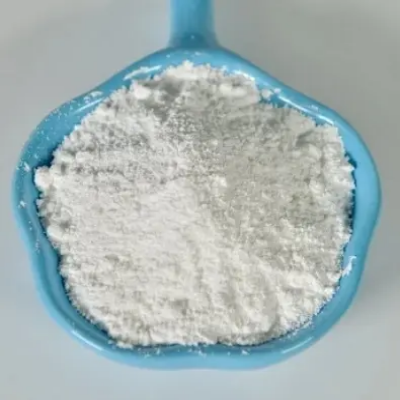
Platinum nitrate CAS:18496-40-7
Platinum nitrate is a coordination compound containing platinum in the +4 oxidation state coordinated to two nitrate ions. It is a yellowish crystalline solid that is soluble in water and other polar solvents. Platinum nitrate is widely studied for its potential applications in catalysis, materials science, and analytical chemistry.
-
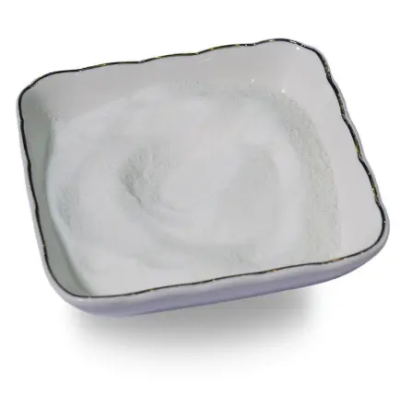
Di-mu-chlorobis(p-cymene)chlororuthenium(II) CAS:52462-29-0
Di-mu-chlorobis(p-cymene)chlororuthenium(II) is commonly used as a catalyst in organic synthesis, particularly in the activation of C-H bonds and the promotion of various chemical transformations. Its ability to facilitate these reactions under mild conditions with high efficiency and selectivity makes it valuable in the production of pharmaceutical intermediates and fine chemicals.
-

Ruthenium(III) iodide CAS:13896-65-6
Ruthenium(III) iodide is a chemical compound with the formula RuI3. It is a dark purple crystalline solid that is highly soluble in water. Ruthenium(III) iodide is composed of ruthenium, a transition metal, and iodine, a halogen.
-
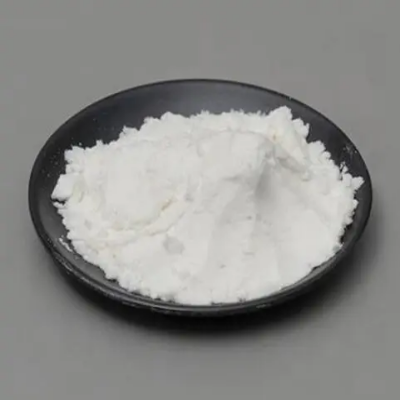
Diiodo(p-cymene)ruthenium(II) dimer CAS:90614-07-6
Diiodo(p-cymene)ruthenium(II) dimer is an organometallic compound with the formula [(C6H5CH2)RuI]2. This molecular complex contains two ruthenium atoms bound together through iodine bridges, forming an overall square planar geometry around each metal center. It is typically synthesized from p-Cymene (a hydrocarbon compound), ruthenium chloride, and potassium iodide under controlled conditions.
-
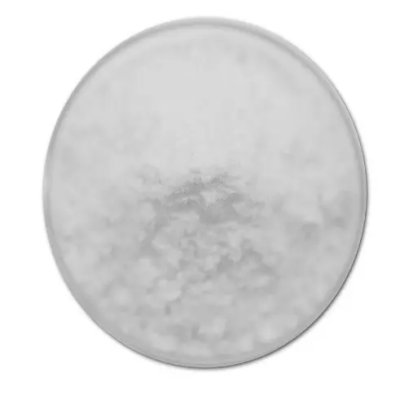
Ruthenium(III) nitrosyl nitrate CAS:34513-98-9
Ruthenium(III) nitrosyl nitrate is used in various chemical reactions and processes.Ruthenium(III) nitrosyl nitrate has applications in catalysis, particularly in the production of nitrogen-containing compounds.
-
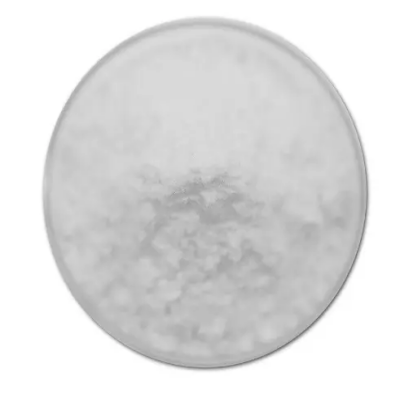
Ruthenium(2+),tris(1,10-phenanthroline-kN1,kN10)-, dichloride, monohydrate,(OC-6-11)- (9CI) CAS:304695-79-2
Ruthenium(2+),tris(1,10-phenanthroline-kN1,kN10)-, dichloride, monohydrate,(OC-6-11)- (9CI) is a coordination complex containing a ruthenium(II) ion coordinated to three 1,10-phenanthroline ligands and two chloride ions, with a hydrate molecule. This compound has been extensively studied and has diverse applications.
-
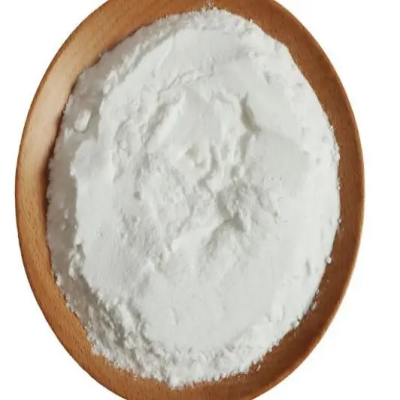
Benzeneruthenium(II) chloride dimer CAS:37366-09-9
Benzeneruthenium(II) chloride dimer, also known as [(η^5-Cp)Ru(η^6-arene)]Cl2, is a coordination complex that contains a benzene-substituted ruthenium(II) chloride dimer. It has potential applications in homogeneous catalysis, particularly in the hydrogenation of unsaturated bonds. The benzene ligand in this complex can bind to various unsaturated substrates, providing a highly active and selective catalyst for a range of reactions.

